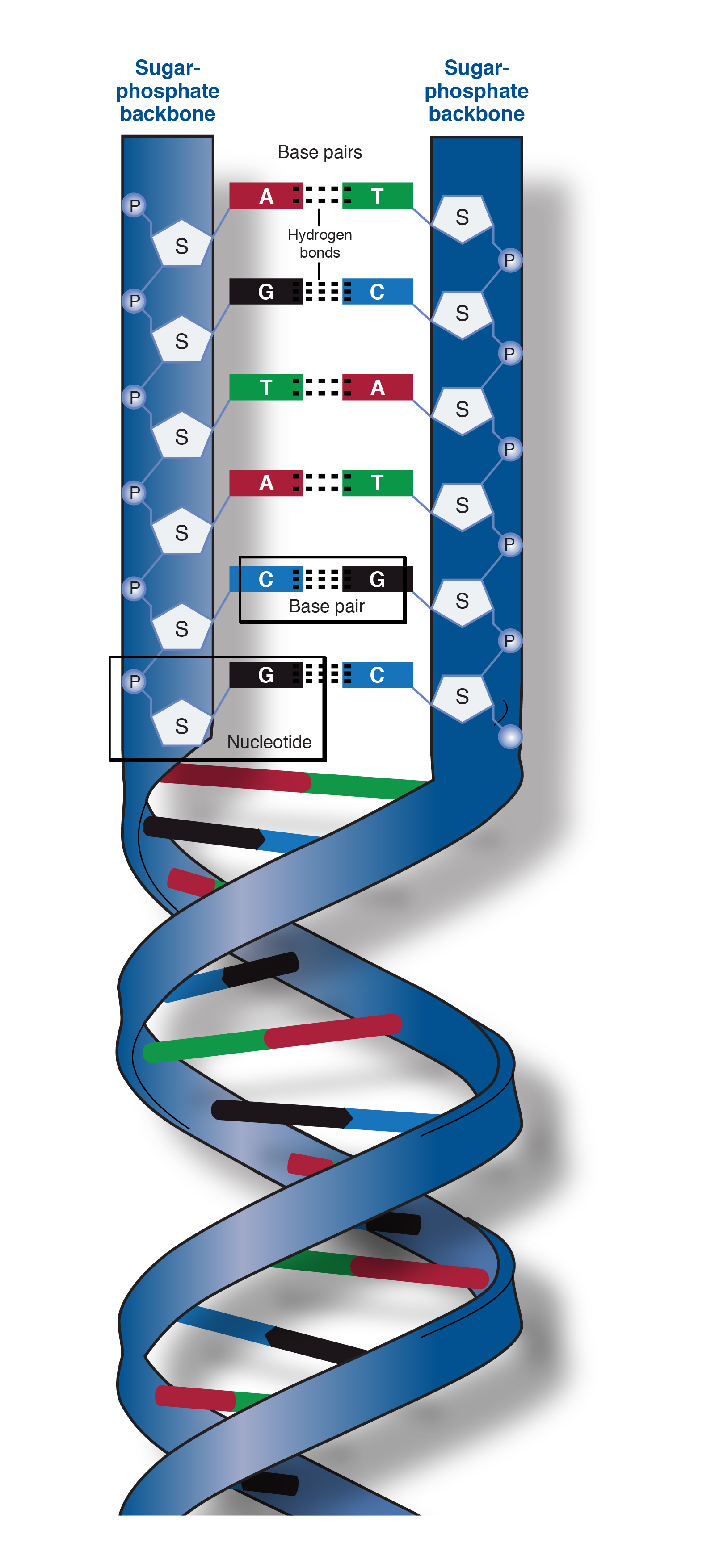
Implementing the past is not a guarantee for success in a digital and connected future. These experiences are crucial however, they should not become the new single standard. They know what critical steps are needed to move the company to an Integratedbusiness.

These people have proven their skills in the past, and most likely, they are willing to repeat this.Īnd here comes the risk – experienced people come with a much better holistic overview of the product lifecycle aspects. Processes and best practices need to be established and why you often see is that seasoned people join the company. This is the moment that a company starts to create its legacy. How a startup scales up very much depends on the choices they make for Repeatablebusiness. The role of investors is often also here to question investments that are not clearly understood or relevant at that time. And for data management and reporting, the logical tools are the office tools, Excel, Word and Visio.Īnd don’t forget PowerPoint to sell the solution. More likely mid-market products like SolidWorks or Autodesk products. A logical path, as what could you do without tools? Next, the choice of the tools will be, most of the time, driven by the team’s experience and available skills in the market.Īgain statistics show it is not likely that advanced tools like NX or CATIA will be chosen for the design part. Therefore it is logical that most startup companies focus on the tools to develop their solution. Only when you target your solution in a strongly regulated environment, e.g., medical devices and aerospace, you need to focus on the process too. In this approach, there is no place for people and reflection on processes as they are considered overhead. Startups are often driven by a small group of multifunctional people developing a solution. Often the main purpose of a startup company is to be visible on the market with their concept as fast as possible. In the slide above, you see the startup company on the left side. You can see Marc’s slide below, which is still valid for most situations. At that time, we started discussing Product Innovation Platforms and the new generation of PLM.

The first evolutionary path you might have seen a few times before in my blog post is the one depicted by Marc Halpern from Gartner in 2015. One is the traditional path based on historical mechanical PLM, and a second (potential) approach which is based on understanding the future complexity of the startup offering. When looking at startups, I could see two paths. Meanwhile, the PLM Doctor is unemployed due to the lack of incoming questions. She asked the same question to the PLM Doctor.ĭo you think PLM is only for big corporations or can startups also benefit from it? The point reminded me of an episode I did together with Helena Gutierrez from Share PLM last year.
#Backbone plm terms full#
Read the full post here and the comments below to get a broader insight into the topic. – only a handful of them are considering getting a PLM system in the near future. They all are apparently using #excel for all these purposes. I am 90% certain none of them have ERP, either. – none of them have a PLM system nor an MES. – all startups use #solidworks, and none use #catia or #nx Some offered robotic components or entire robots (robot-dog). – many startups offered an add-on to other platforms => an autonomous module for UAV/helicopter/Vehicle. Then, I spoke to a number of presenters there, explaining Senticore capabilities and listening to their situation around engineering/ manufacturing.

This time Alex shared an observation from an event organized by the Pittsburgh Robotics Network, where he spoke with several startups. You can see his LinkedIn featured posts here to get an impression. Alex is a real techie on the outside but also a person with a very creative mind to connect technology to business. I have known Alex for over 20 years, starting from the SmarTeam days and later through encounters in the PLM space. This week there was an interesting discussion on LinkedIn initiated by Alex Bruskin from Senticore Technologies.


 0 kommentar(er)
0 kommentar(er)
